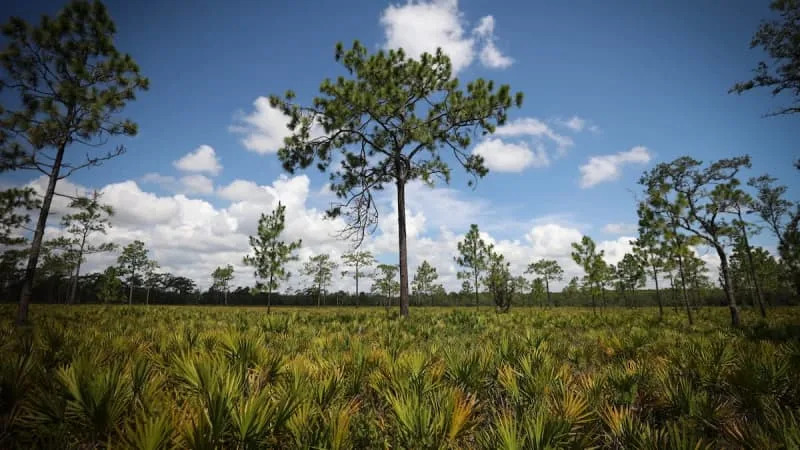
A long-awaited design for an expressway that aims to change how Osceola County travels is set to be revealed to the public next month. But environmentalists have major concerns about its proximity to the 11,500-acre Disney Wilderness Preserve and its potential impact on wildlife.
The proposed Southport Connector is a 15-mile tolled expressway in southern Osceola County extending from the Poinciana Parkway to Pleasant Hill Road and continuing east to Florida’s Turnpike. The Central Florida Expressway Authority’s plan for six elevated lanes built above and in between Cypress Parkway isnearly settled, but a preferred route for the portion just south of Lake Tohopekaliga and bordering the Disney preserve is still in the works.
County officials are eager to approve a path as the area continues to boom in population, with 17,000 homes already approved for an area just east of the Southport Connector, in master-planned community Waterlin.
The road will slice through what is still undeveloped ranch land, the first step in the agency’s plan to create a southern highway beltway and provide traffic-choked Osceola residents their first continuous highway connection across the county.
But the Connector will run through a critical portion of the Florida Wildlife Corridor, an 18-million-acre expanse of state land that provides habitat for many fragile plants and animals, said Jason Lauritsen, the chief conservation officer with the Florida Wildlife Corridor Foundation.
Lauritsen said while the foundation is not against the project, its biggest worry is that the road won’t be built with ample areas for wildlife to cross.
“Whether it’s deer or black bears or panthers … having connections like this would mean good genetic health for those wildlife populations,” Lauritsen said. “Anytime you get fragmentation like this, little by little you end up having populations that become isolated from one another, and over time species become less diverse and less numerous.”
The foundation has suggested to CFX that the expressway be elevated even through undeveloped areas to diminish any possible vehicle collisions with wildlife, especially the endangered Florida panthers that roam that very stretch. That approach could prove prohibitively expensive.
“There’s a benefit to thinking about these elevated larger roadways that avoid the impacts and keep traffic off those more vulnerable local and rural roads,” Lauritsen said. “But it’s costly to do it right.”
Managing the habitat once the road is built is also a concern. Prescribed burns are critical for reducing wildfire risk and promoting healthy plant and animal life, said Janet Bowman, senior policy analyst with The Nature Conservancy in Florida, which manages the Disney Wilderness Preserve.
For instance, the woodpeckers that call the preserve home require a specific type of longleaf pine forest, Bowman said. “[If it] doesn’t get regular prescribed fire, it changes the species distribution and it affects wildlife that depend on that particular habitat.”
But the presence of a road will upend that process. “Smoke and highways don’t always mix,” Bowman said. “It would change the way and when we conduct prescribed fire.”
The Disney Wilderness Preserve was created when the Walt Disney Company purchased over 8,000 acres of wetlands from a cattle rancher in the 1990s to offset environmental impacts from its theme parks and hotels.
The land, which sits at the head of the greater Everglades watershed and borders Lake Russell, had previously been eyed for growth. It was slated to become a massive residential and commercial project before Disney’s purchase and subsequent transfer to The Nature Conservancy.
Now, conservation experts worry the road will propel more urbanization. Charles Lee, the director of advocacy at Audubon of Florida, said he doesn’t believe the final portion of the project connecting to the Turnpike is necessary, arguing it would increase traffic, not reduce it.
“There really is no happy ending,” Lee said. “There’s only what I would describe as a modest lessening of impacts.”
Lee said he hopes the connector can still be delayed. Cost and public blowback have already held back the road before.
In 2018, the CFX governing board voted not to move forward with the project due to low toll revenue projections that would not be able to cover the road’s cost.
The project also faced years of delay brought by pushback from Poinciana residents, who argued the elevated section above Cypress Parkway would create a “Great Wall of Poinciana” and divide the largely minority community.
An event last month to educate residents on upcoming road projects was packed with older residents who told the Orlando Sentinel they struggled getting to doctor’s appointments because of traffic, Polk County residents who said they felt left out of road decisions that still impact them and young families who’s commute times take over 30 minutes for just a couple of miles.
For 62-year-old David Pitts, the traffic near Poinciana and Pleasant Hill Road has gotten so bad he is moving. The retired sanitation worker said he and others are desperate to have any significant infrastructure improvements.
“I’m getting ready to move and hopefully come back when they get it right,” Pitts said. “I don’t like planning my day around traffic.”
CFX spokesperson Brian Hutchings said in an email the project may be built in phases so that the agency can prioritize working with the local community.
The CFX governing board will make the final decision in December.

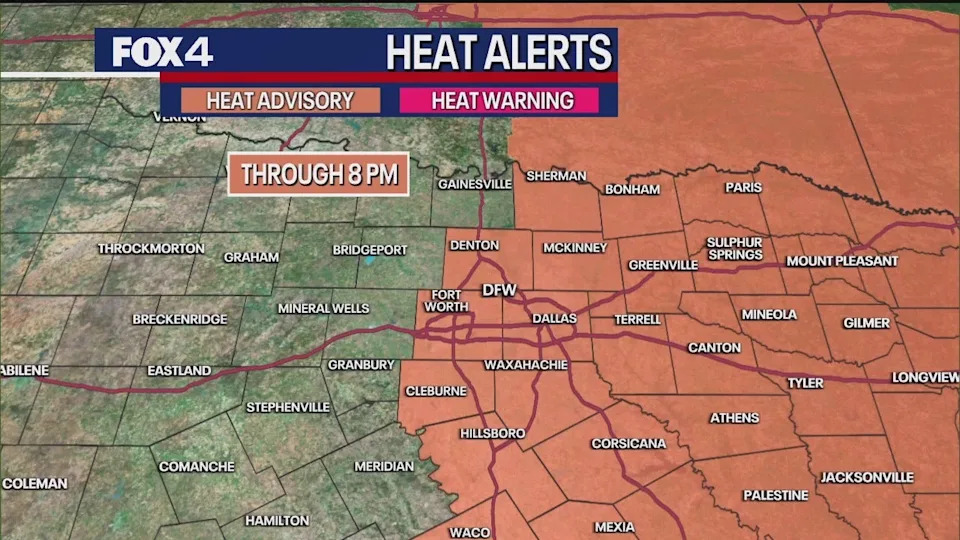

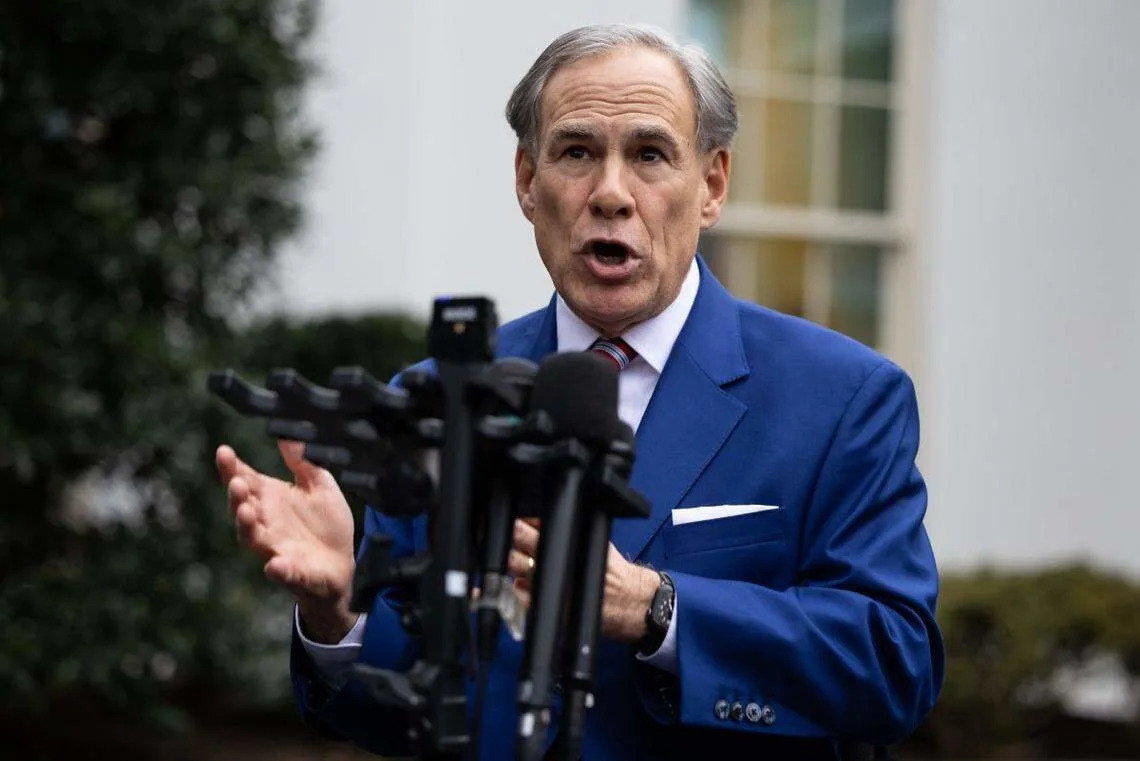

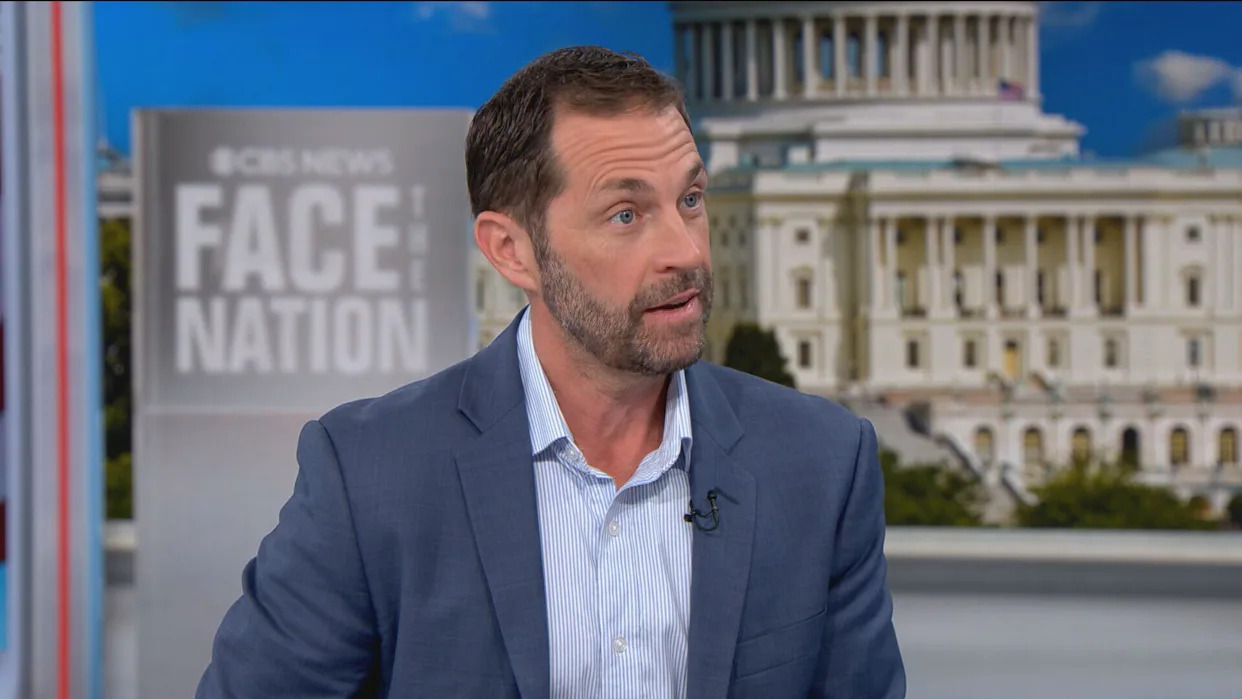

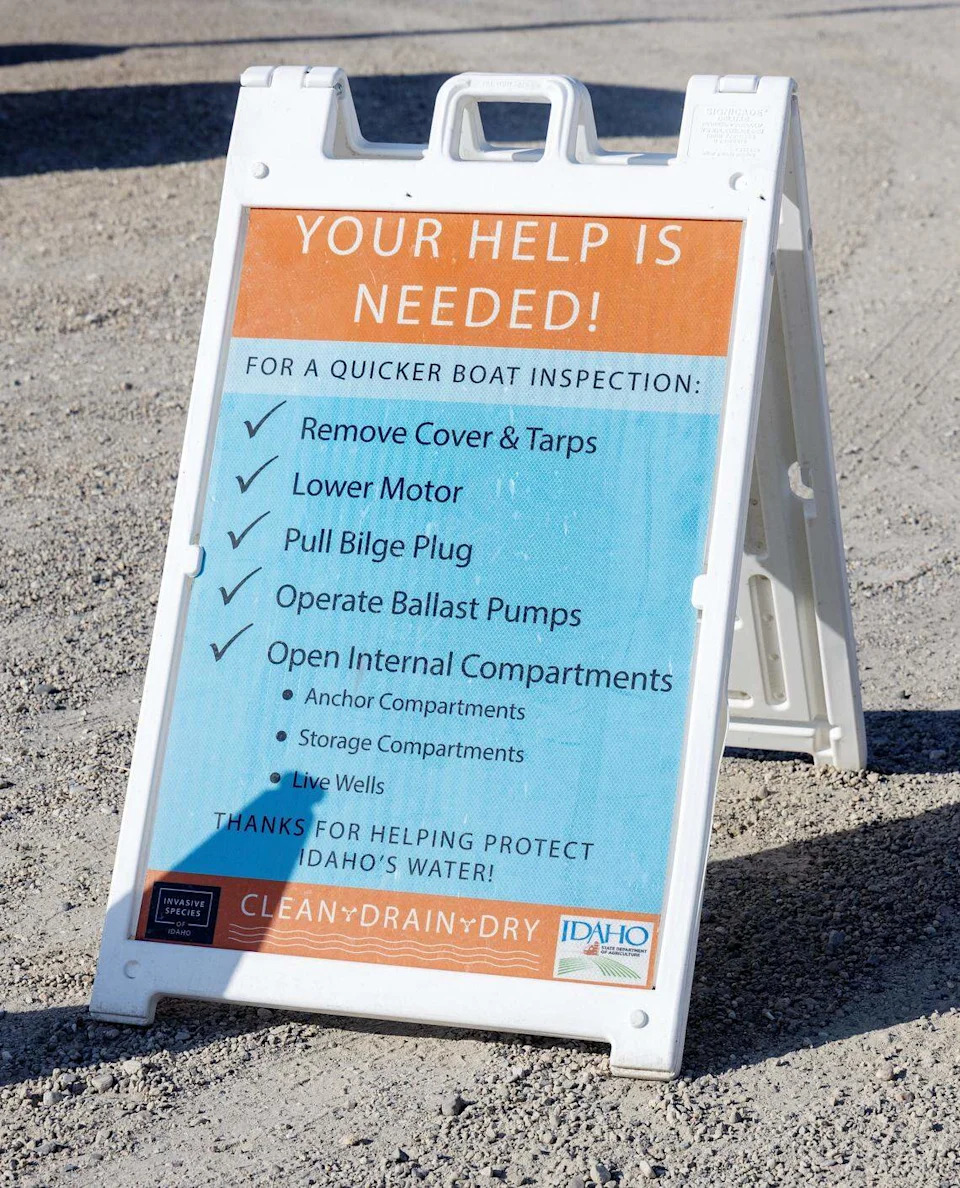
Comments